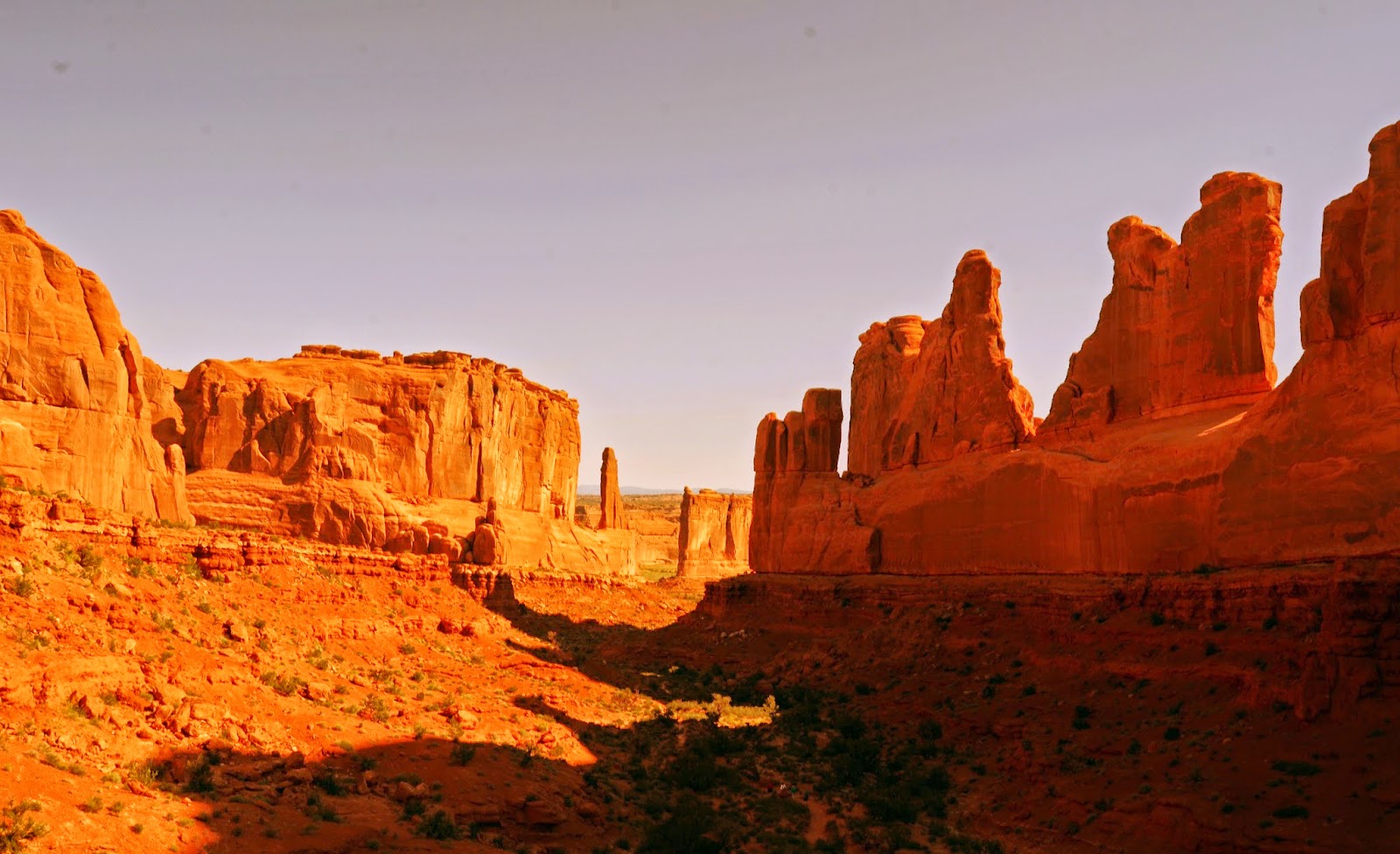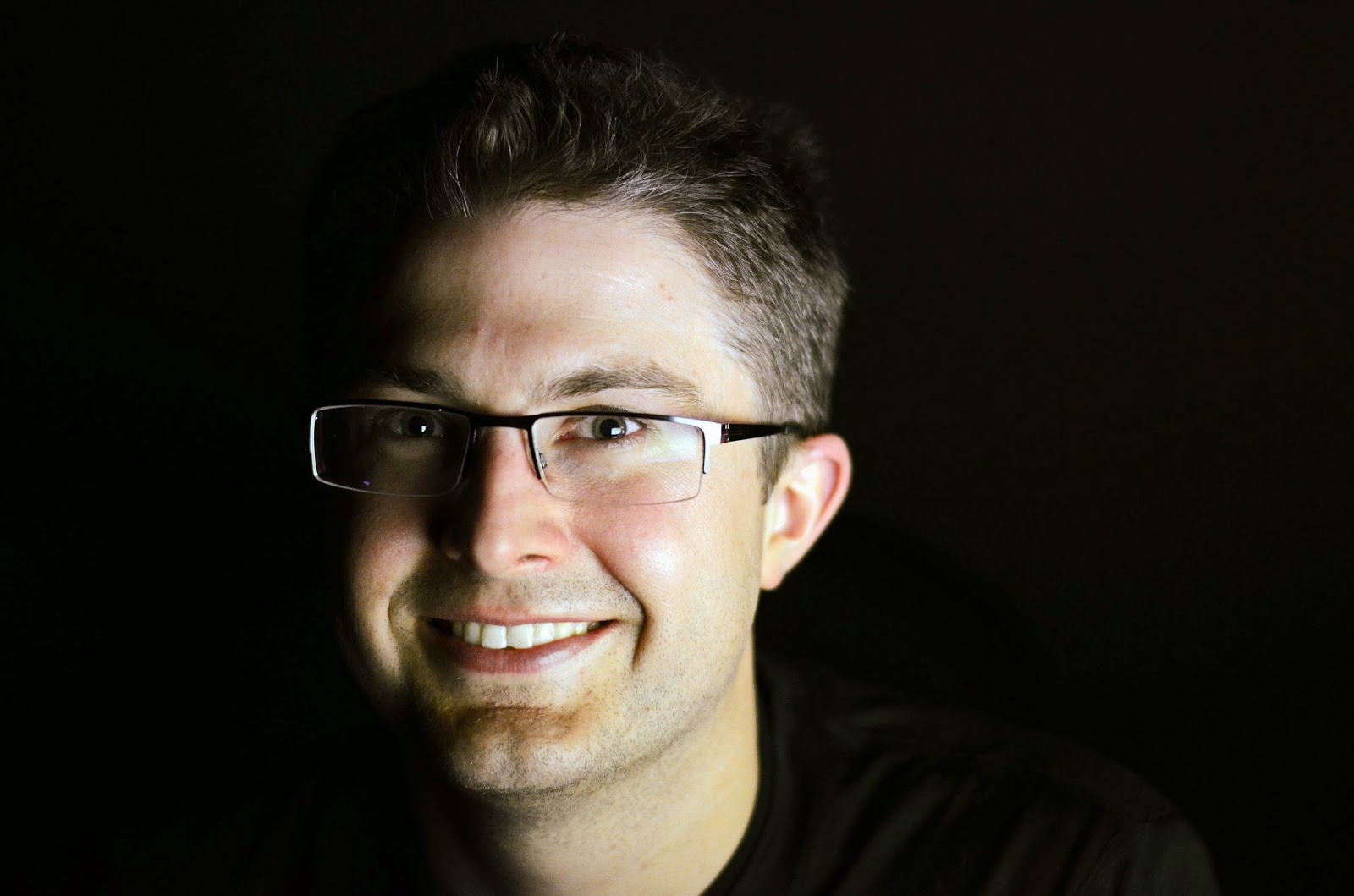Photographers often talk about the golden hour and good lighting. What happens, though, when you don't have the light you want?
Since starting this starting this semester's lighting course, I've started to think more about the times when I'm shooting in hard lighting situations -- for example, at night under harsh exterior lights, in a dark gym lit only by a handful of spotlights and outside at midday in bright sunlight. It wasn't hard to find the light in these situations, but it was hard to work around their limitations.
Outside the theater, I could have used a flash to illuminate the crowd, but the crowd wasn't my focus. I wanted to focus on the theater's neon lights and the marquee with the name of the play I was seeing. Unfortunately, the marquee was only half-lit at the time. I chose to focus on the blue neon, choosing a camera setting that would saturate its color and at the same time still show the backlit crowd.

In the gym, I first pulled out my DSLR because of its higher iso settings. However, my 18mm - 55mm lens made all the netball action look flat, even when the iso was adjusted to compensate for the gym's poor lighting. I switched to my point-and-shoot camera with a surprisingly steady 300mm zoom and set the camera to 1600 iso, the highest iso it has. Forced to choose, I chose depth over light, knowing that if I could get close enough to my subjects from the court's sidelines, there should be enough light to illuminate the action.

When I came upon an apparent fashion shoot at midday on a bright, sunny day, I wondered why the shoot was happening at all. Wasn't that breaking all the lighting rules I had just learned? The women shooting on Virginia Key didn't have a scrim or a diffuser or a strobe to fill in the dark shadows I assumed the harsh light was casting on the model's face. Maybe that's the look the photographer was going for - maybe she was seeing something I wasn't in all that sunlight reflecting off the model's white clothes. Maybe that was her vision. I just kept thinking there had to be a better way to get those shots, without hoping that editing software would save the image. I made my image with my camera set to a "beach" setting and a low iso to compensate for the sunlight, and I ended up pleased with the image I was able to make -- I hope the other photographer was pleased with her work as well.
What would you have done if you were in J Kay's place? Leave a comment with your fixes for hard lighting situations!
 |
Jennifer Kay uses her Leica point-and-shoot during a netball game and set her camera at 800 ISO in order to stop the action and retain some image quality inside the dark lit gym.
inside the dark gym.
|




















